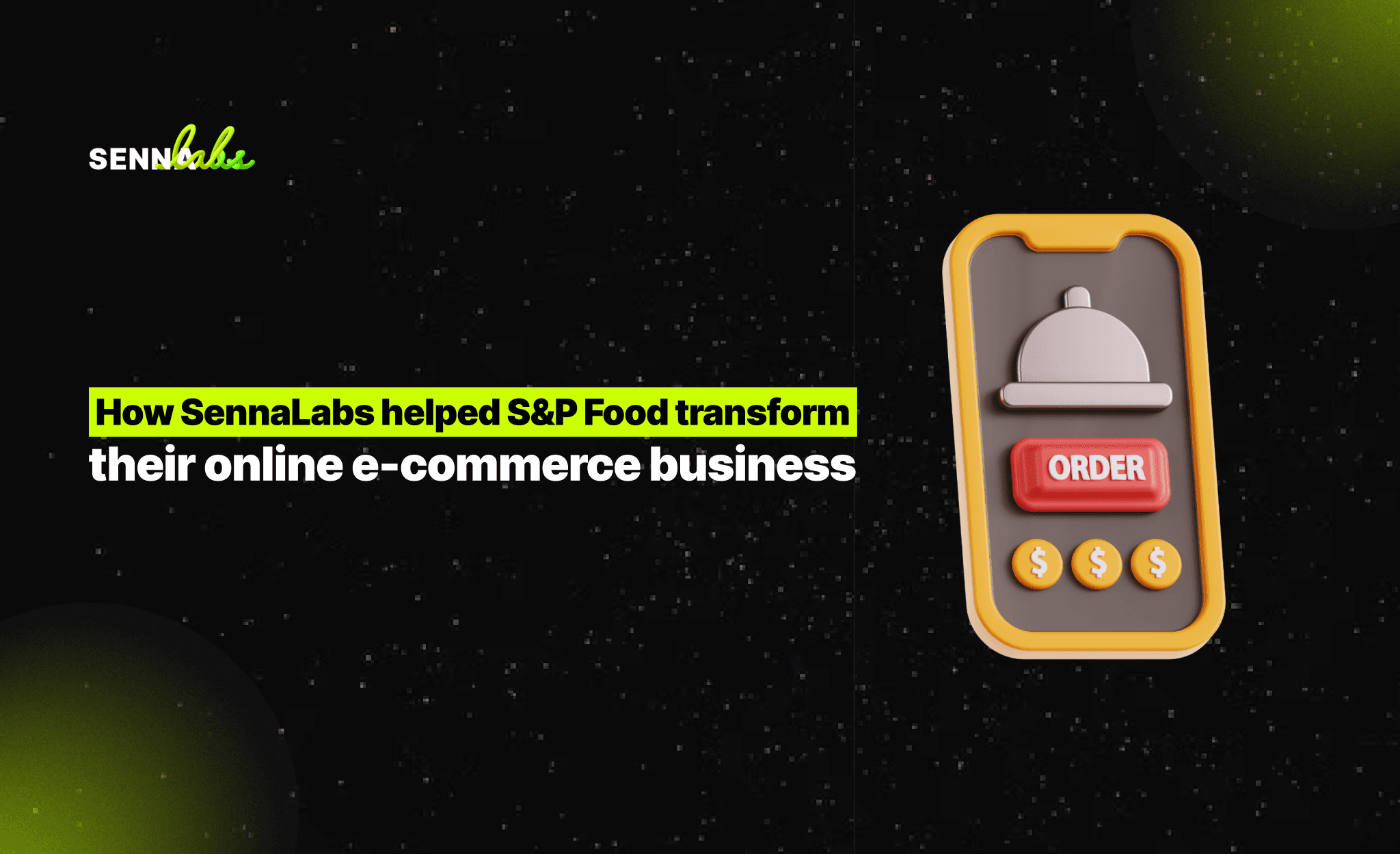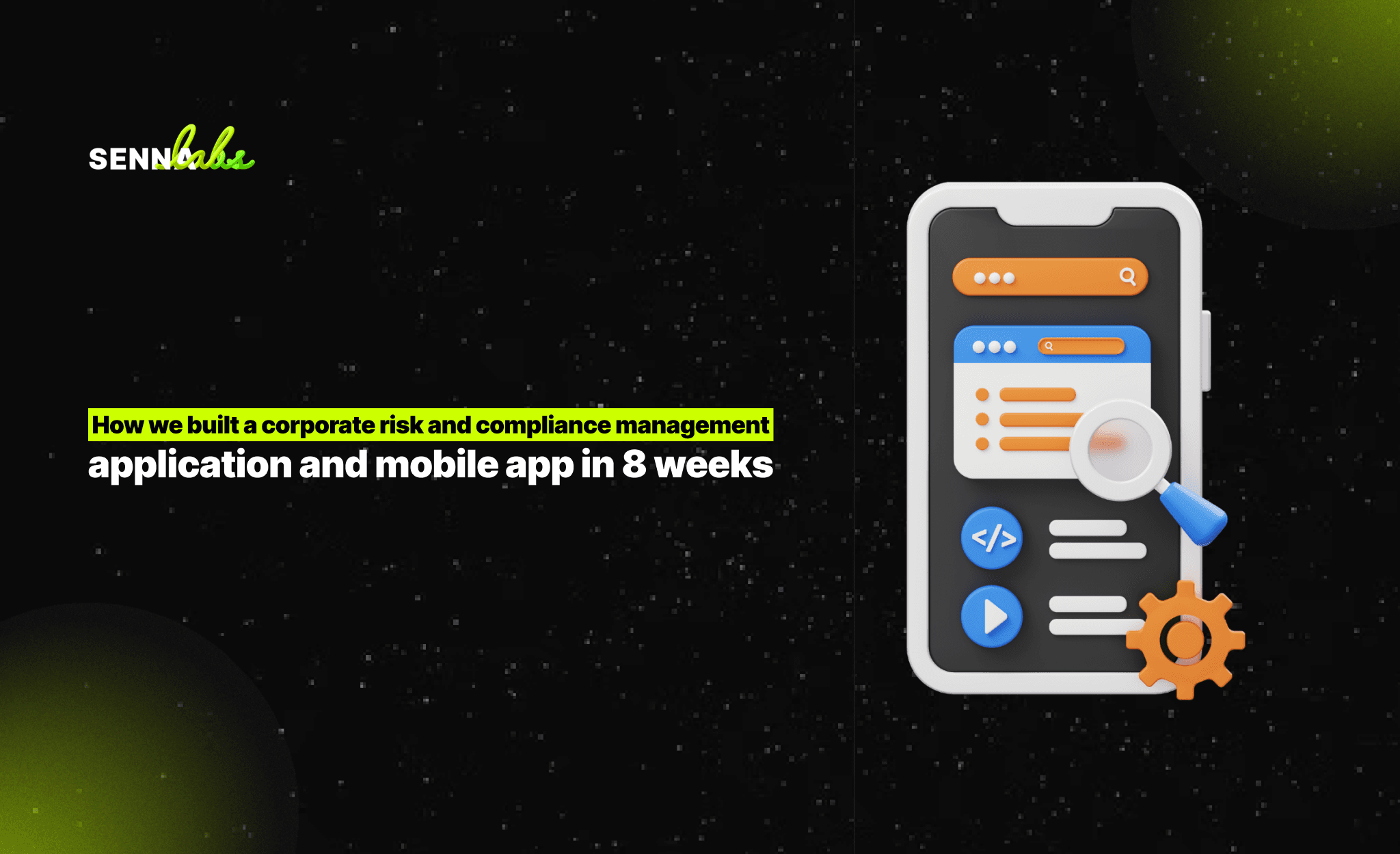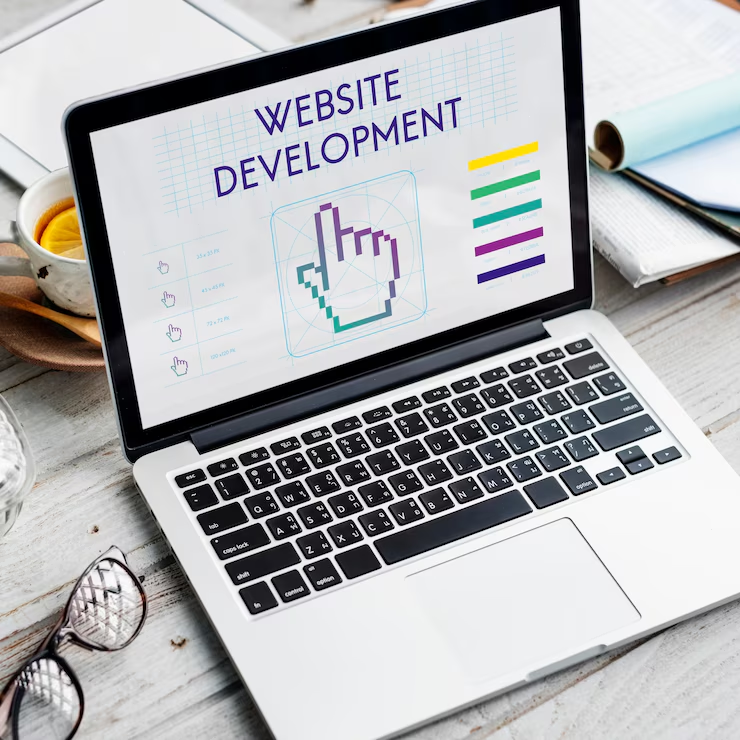What Do You Need to Know to Start Developing Websites?

In today’s digital world, knowing how to build websites is a valuable and in-demand skill. Whether you're creating a personal blog, a business site, or an online store, learning web development opens the door to many opportunities. This guide outlines the key knowledge, tools, and technologies you need to begin developing websites.
1. What Is Web Development?
Web development is the process of creating and maintaining websites. It includes everything from simple static pages to complex dynamic applications. Web development is typically divided into:
-
Front-End Development: Focuses on what users see and interact with in the browser. It involves HTML, CSS, and JavaScript to design and build the layout and interface.
-
Back-End Development: Handles the server, database, and logic behind the scenes. It powers the functionality that users don’t directly see.
-
Full-Stack Development: Combines both front-end and back-end skills, allowing developers to build complete web applications.
2. Core Skills and Technologies
To start building websites, begin with these essential technologies:
-
HTML (HyperText Markup Language): The foundation of all web pages. It structures content using elements like headings, paragraphs, links, and images.
-
CSS (Cascading Style Sheets): Controls the visual design of a webpage—colors, fonts, layout, and responsiveness across devices.
-
JavaScript: Adds interactivity to websites, such as animations, form validation, and dynamic content.
Key JavaScript concepts include variables, functions, loops, events, and manipulating the Document Object Model (DOM).
3. Essential Development Tools
Alongside coding languages, certain tools can greatly improve your workflow:
-
Text Editors/IDEs: Tools like Visual Studio Code, Sublime Text, or Atom help you write and manage code efficiently.
-
Version Control (Git): A system for tracking changes in your code. Platforms like GitHub and GitLab are essential for collaboration and backups.
-
Browser Developer Tools: Built into browsers like Chrome or Firefox, these tools help inspect and debug code in real time.
-
Responsive Design Tools: Use features like Chrome’s device mode or services like BrowserStack to ensure your website looks good on all screen sizes.
4. Web Development Frameworks
Once you’re comfortable with the basics, frameworks can speed up your workflow and help you write cleaner code:
-
Front-End Frameworks/Libraries:
-
Bootstrap: Provides pre-designed components and a grid system for responsive design.
-
React.js: A popular JavaScript library for building user interfaces with reusable components.
-
Vue.js & Angular: Other powerful frameworks for building modern, interactive web applications.
-
-
Back-End Frameworks:
-
Node.js: Lets you use JavaScript on the server side, ideal for real-time apps.
-
Django (Python): A high-level framework for rapid, secure web development.
-
Laravel (PHP): Known for its elegant syntax and built-in tools for routing, authentication, and more.
-
Ruby on Rails: Offers convention-over-configuration, making development faster for many projects.
-
5. Working with Databases
Databases store and retrieve the data your website uses.
-
SQL Databases (e.g., MySQL, PostgreSQL): Use structured tables and SQL to manage data.
-
NoSQL Databases (e.g., MongoDB, Firebase): Store data in flexible formats like JSON, ideal for scalable apps.
These databases are accessed and managed through back-end code, often using server-side languages like JavaScript (Node.js), Python, or PHP.
6. Hosting and Deployment
Once your website is ready, you’ll need to put it online:
-
Domain Name & Hosting: Purchase a domain and choose a hosting type—shared, VPS, cloud, or dedicated, depending on your needs.
-
Deployment Methods: Use tools like Git, FTP, or SSH to upload files to your server. Many platforms also offer one-click deployment or integration with GitHub.
Popular services include Netlify, Vercel, and traditional hosts like Bluehost or SiteGround.
7. Keep Learning and Practicing
Web development evolves quickly. New tools, frameworks, and standards emerge regularly. To stay up to date:
-
Follow communities like Stack Overflow and Reddit.
-
Use learning platforms like freeCodeCamp, Codecademy, and MDN Web Docs.
-
Build real projects and experiment with different tools and frameworks.
Conclusion
Starting in web development may seem overwhelming, but breaking it down into manageable parts makes the journey easier. Begin with the basics—HTML, CSS, and JavaScript—then expand into frameworks, databases, and deployment. As you build projects and gain experience, your confidence will grow. Web development blends logic with creativity, so keep experimenting, learning, and pushing your skills forward.
Would you like this version formatted as a downloadable PDF or for publishing on a website?


Subscribe to follow product news, latest in technology, solutions, and updates
Other articles for you



Let’s build digital products that are simply awesome !
We will get back to you within 24 hours!Go to contact us Please tell us your ideas.
Please tell us your ideas.








